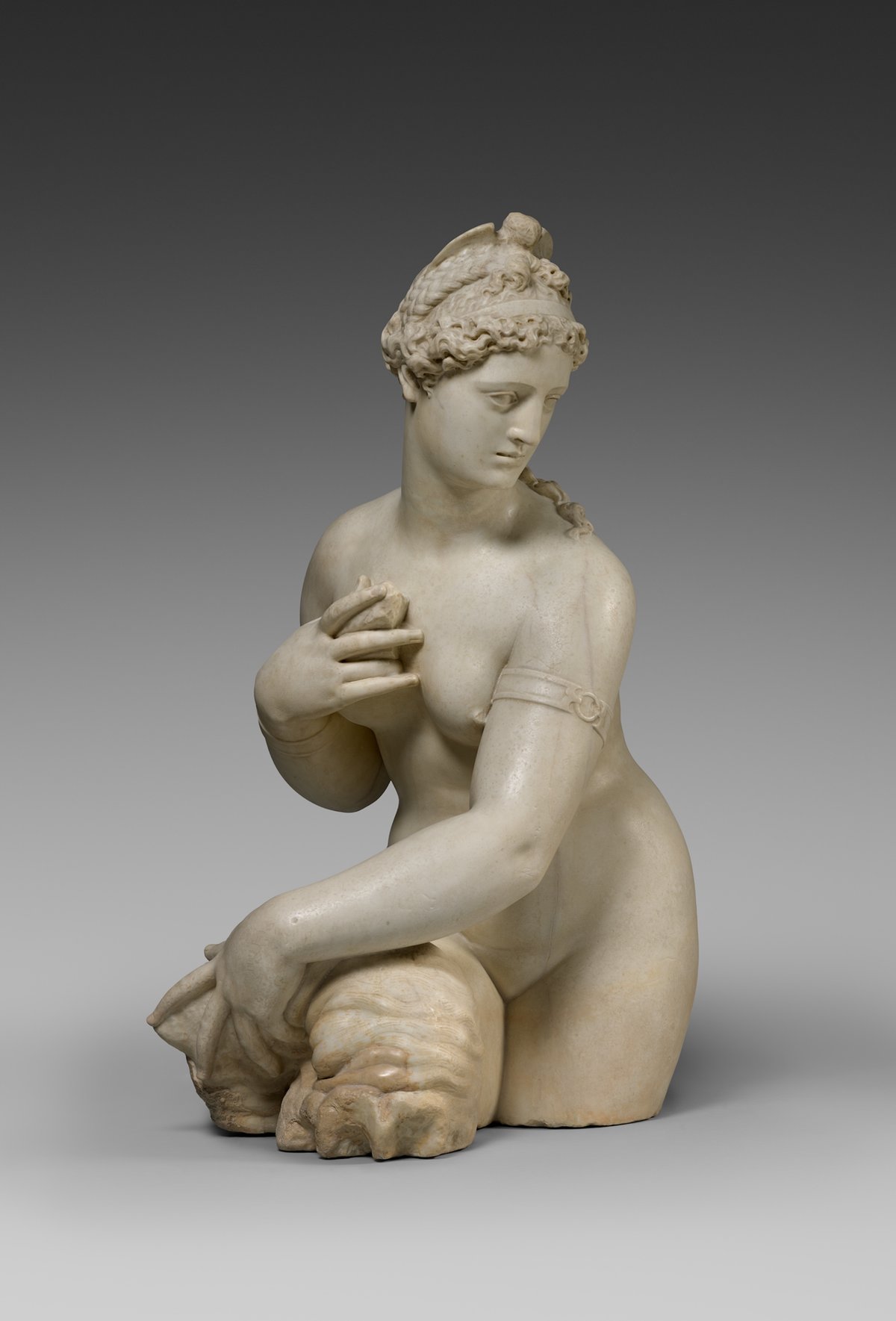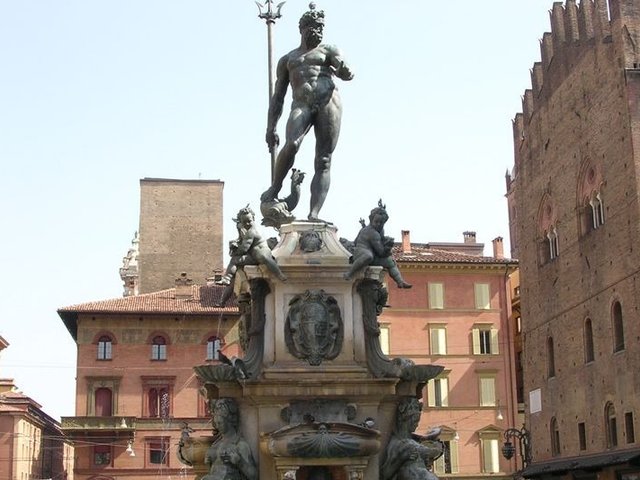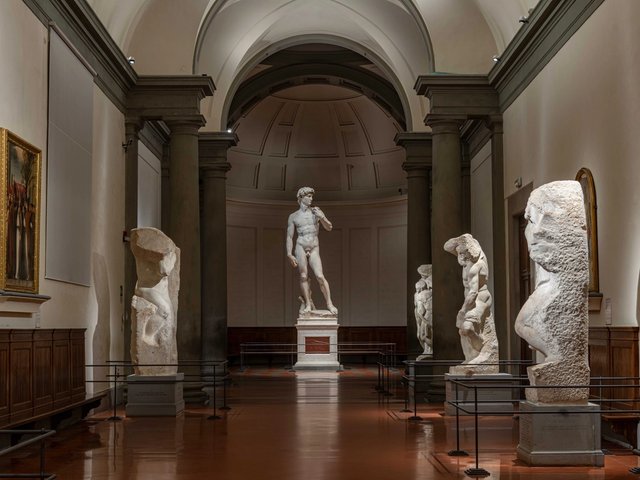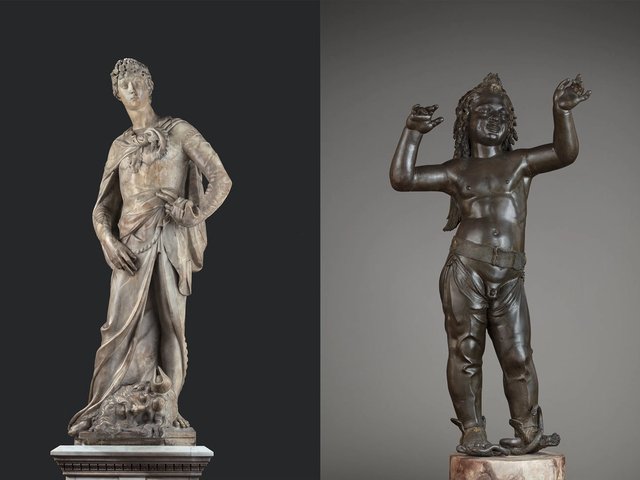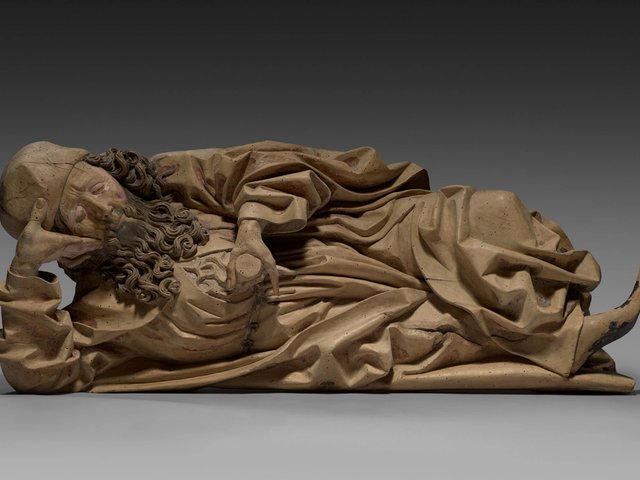In 1989, an unpromising-sounding but alluring marble sculpture of a female nude came up for sale at a Christie’s auction held at an English country house in Hertfordshire. The catalogue claimed it was “an 18th-century white marble half-length figure of Venus Marina”, but the London-based dealer Patricia Wengraf knew better.
“It was obviously Giambologna’s Fata Morgana,” she says, of what had been regarded as a lost work by the revered Flanders-born Italian Mannerist sculptor (1529-1608), dating to the early 1570s. In 1998 Wengraf sold it to a private European collector, and today the Cleveland Museum of Art revealed that it has acquired the sculpture for an undisclosed sum. Wengraf handled the sale.
One of only a dozen surviving works in marble by Giambologna and set to be only the second in the US, the Fata Morgana (around 1572) has dramatic implications for the museum, says its director William Griswold. “This is one of the most significant acquisitions made in more than a decade,” he says, invoking by way of comparison the museum’s 1997 purchase at auction of Marilyn X 100, a nearly 19ft-long 1962 work by Andy Warhol.
The other marble sculpture by Giambologna in the US, another nude dated to 1571-73, was bought by the Getty in 1982. The only other Giambologna marble in a collection outside Italy is his Samson Slaying the Philistine (1560-62) at the Victoria and Albert Museum.
Giambologna—a native of the Flemish town of Douai, now in France—made his way to Italy in the early 1550s, eventually settling in Florence. A Medici favourite, he created the Fata Morgana for a constructed grotto on the grounds of a villa outside Florence, owned by a banker for the Medici family. A near life-size work, it stood above a basin that received water from a flowing spring. The museum plans to recreate that grotto setting in its new installation.
Back in 1989, Christie’s says, the pre-sale estimate for the work was £3,000 to £4,000, but it ultimately sold for £715,000. “I wasn’t the only person who realised the catalogue description was completely wrong,” Wengraf says of the heated bidding. Following its sale to the European collector in 1998, the work was frequently on view in exhibitions, including a landmark show in Florence in 2017-18, The Cinquecento in Florence: Modern Manner and Counter-Reformation, at the Palazzo Strozzi.
Its identification as the work once thought lost is now well-established. “I have no doubt that this is the Fata Morgana by Giambologna,” says the Florence-based art historian Antonio Natali, the former director of the Uffizi Gallery and co-curator of the Palazzo Strozzi show.

Giambologna, Fata Morgana, early 1570s (detail) Cleveland Museum of Art. Photo courtesy of Gary Kirchenbauer
The Cleveland Museum of Art first became aware that the work was for sale a little over a year ago, says Alexander J. Noelle, the assistant curator of European paintings and sculpture, 1500-1800. Noelle, who had seen the work at the Strozzi show, says that he and his fellow European art curator in Cleveland, Cory Korkow, “were floored” when they found out.
The team is especially pleased with the condition of the piece. Since arriving at the museum, says Noelle, it has only needed minor in-house conservation treatment. Other Giambologna marbles, Korkow says, were typically kept outside and “experienced more weathering”.
In its original setting, the sensuous nude, fashioned out of Carrara marble, was part of an ensemble that included a religious fresco showing Jesus with the Samaritan woman, a Biblical scene set near a well. This contrast was of great significance to the organisers of the Strozzi show, who regarded the juxtaposition of the profane sculpture with the sacred fresco as reflective of Florentine sensibilities in the second half of the 16th century.
In its new grotto-like home in Cleveland, the curators plan to position it as the “linchpin of our entire Renaissance and Mannerist collections”, says Noelle. Set in a major sightline, it will “beckon you” into the galleries displaying Quattrocento and Cinquecento art, and will be near a staircase that leads up to the Baroque collections, he says.
The museum, which already has two bronze sculptures associated with Giambologna, are treating the new acquisition as an occasion to launch “at least one or multiple exhibitions” that can feature the work, potentially including one that looks at the topic of beauty in the Mannerist period, says Noelle.
The museum’s new acquisition will go on public display in Cleveland on 30 August.


